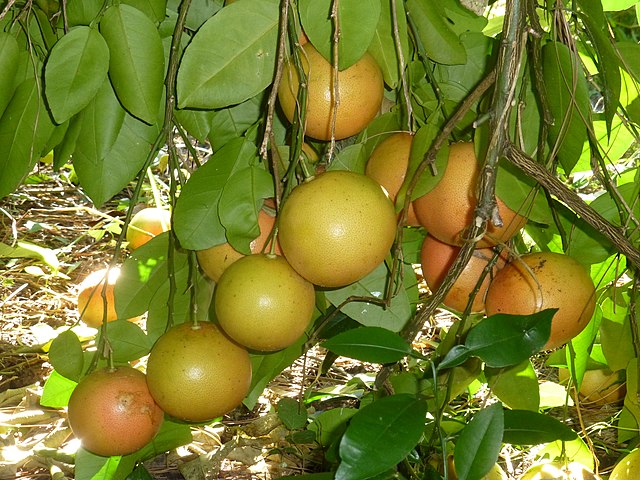A fortnight after storm Helene spared groves of citrus in Florida and buoyed fall harvest expectations, Hurricane Milton has swept away the hopes.
Just before Milton, the U.S. Department of Agriculture (USDA) had forecast positive oranges production at 15 million boxes, albeit 16% below 2023’s.
Although Milton simmered down to Level 3 from previous level 5 classification, it still left substantial orchard damage.
Its path ran along Florida’s southwest-central region, which doubles as the citrus hub of the Sunshine State.
Much of the effect on groves owed to tornadoes whose swirling winds sometimes flattened farmhouses. One such tornado saw flying debris cause property damage on a citrus farm, according to a USA Today visual report.
Luckily, the US Congress provides a cumulative yearly disaster kitty of around $20 billion to help in such situations.
Earlier Hopeful Expectations
Prior to the Hurricane season, farmers have been expecting change of fortune and so have survey reports throughout the year.
USDA’s twin surveys in December 2023 and January 2024 had predicted 20.5 million boxes of citrus at Florida’s 2024 season opener.
The latest October survey now puts the output at 15 million boxes, but actual production could fall after Milton’s crossing.
Similarly, the grapefruit harvest total was bound to improve to 2.4 million boxes in the January survey. However, the October 2024 survey puts the same down by 22%, year-on-year.
Multiple Hurricanes and Citrus Greening
Production has dragged since 2017 when Hurricane Irma occasioned citrus losses in Florida of between 30 and 70% per farm.
During the interim, production from 2017 through 2024 has reduced by 90% in comparison with that of the 1990s.
The reason for this are two more destructive cyclones that followed the wake of Irma, namely 2022’s Ian and now Milton. Initial calculations put hurricane Ian’s total agricultural impact on the state at $1 billion.
On top of this, citrus greening partially contributed to the state’s worst harvest in 90 years during the 2022-23 season.
The weather impact is telling on local prices of citrus juice, with orange concentrate 50% pricier than in 2020.
So, the combination of hurricanes and greening fungus has again dealt a blow on the recent recovery of Florida’s orange groves. To learn more, read the following comparative production stats of the Sunshine State’s citrus sector.
Statistics on Citrus in Florida
Florida has traditionally led citrus production in the United States, a situation that has however begun changing beginning the 2022-23 year. In the 2020-21 season, the state produced 52,950,000 boxes of oranges, leading California with its 49,000,000 boxes. The same lead played out in the 2021-22 season with Florida’s 41,050,000 boxes versus California’s 40,400,000. In the 2022-23 season, Florida lost its first position with 20,000,000 boxes vis-á-vis California’s 47,100,000 boxes, per USDA’s December 2023 estimate.
How much grapefruit does Florida produce?
Regarding grapefruit, the southern state has recently lost its historical second position during the 2023-24 season. At 1,800,000 boxes per USDA estimate, Florida finished third after California and Texas at estimated 4,100,000 and 2,000,000 boxes, respectively. Beforehand, the Sunshine State had always ranked second to California at 4,100,000 boxes in the 2020-21 season and 3,330,000 in the 2021-22 season.
How high is citrus utilization in Florida?
Between 2017 and 2019, fresh citrus utilization has ranged between 221,000 and 267,000 tonnes. Only California utilizes more fresh citrus in the United States at maximum 3,208,000 tonnes, as of 2019. However, Florida leads the nation in citrus processing into juice. The processed citrus product output ranged between 2,007,000 and 3,015,000 tonnes annually from 2017 to 2019.
When is the citrus harvest in Florida?
The southern U.S.’ citrus harvest roughly runs from fall through late spring. Early season oranges are ready by mid-September while the first grapefruit mature beginning September. While some fruits like Sunburst tangerines end as early as November, most orange varieties last till late January through March.
